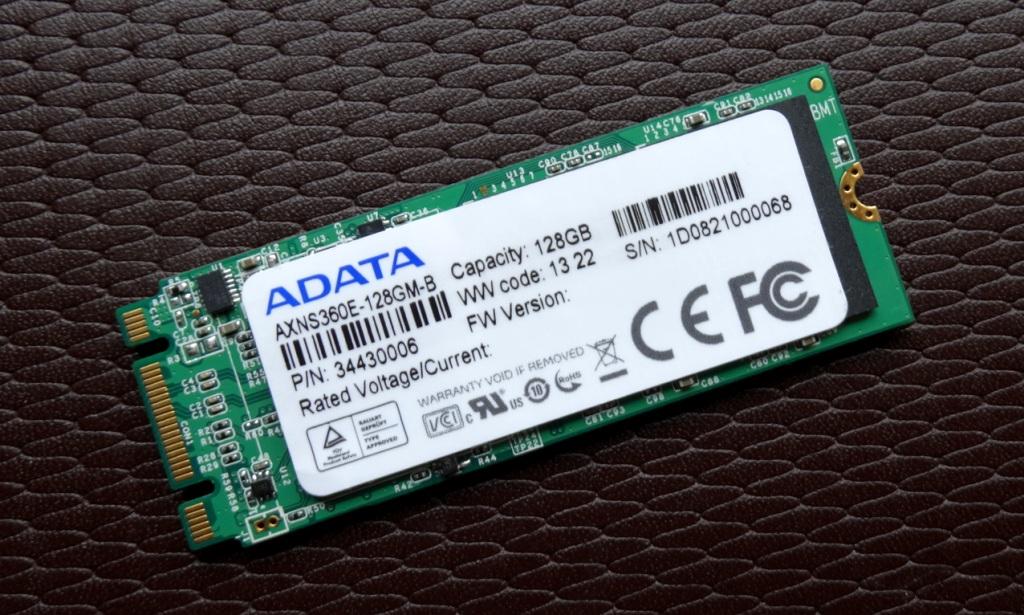REPORT ANALYSIS AND FINAL THOUGHTS
It wasn’t so long ago that possible resistance to M.2/NGFF was suggested by manufacturers as so much went into development of mSATA and similar designs. Those thoughts just may be fading quickly with the development opportunities realized with M.2 and the possibility of one day seeing an ultrabook with 1.8GB/s speeds. Even today, it is said that the 800MB/s that the 2013 MBA pulls from its Samsung manufactured custom PCIe design is a drop in the bucket compared to what Samsung can pull from that very same SSD (minus the Apple proprietary hardware revision of course). There are whisperings that the Samsung PCIe twin of that Apple SSD can reach over 1.2GB/s speeds.
In considering that, we should understand that the ADATA 128GB M.2 SSD that we looked at here is the first sample made available for review (believing that this sample passed through TT hands before ours) and that it is in the very early stages of development. Looking at the lack of hardware available to review such a storage medium is testament to how early in the game things are with M.2/NGFF. Don’t get caught looking away though; SSDs continue to be one of, if not, the fastest growing technology today. The ADATA partnership with LSI SandForce is rock solid and I would bet that their ‘accidental display’ of the similar SandForce “Griffin” based 1.8GB/s capable form factor at Computex was more intent than error.
ADATA may not ‘own the fab’ but they have relationships that will see them well ahead of the game in the transition to M.2. Their Computex display of so many NGFF form factors was just a taste of what they are capable of and we might bet that, of all LSI SandForce partners, they market that Griffin based SSD first.
 The SSD Review The Worlds Dedicated SSD Education and Review Resource |
The SSD Review The Worlds Dedicated SSD Education and Review Resource | 


Thank you. There is a lot of good info in here. 🙂 You are amazing.
Is it possible to make a custom m.2 in a 30mm x 40 mm size? You could still use the standard connector.